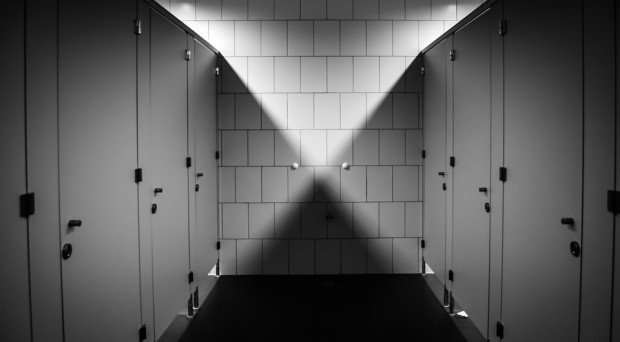
The United Nations General Assembly Special Session on the World Drug Problem (UNGASS) is fast approaching. The last time this happened was over 18 years ago, and it ended with the consensus to eliminate illicit drug use completely.
This upcoming meeting provides an opportunity for those of us involved in research to reflect on evidence-based drug policy, and the challenges faced in implementing it.
Our research on the intended and unintended effects of a measure meant to discourage drug use is one example of how research can be used to develop evidence-based policy and counter interventions that stigmatize drug users and place them at risk.
More harm than good
We investigated the practice of placing blue lights in public washrooms, which is done to make veins less visible.
We investigated the practice of placing blue lights in public washrooms, which is done to make veins less visible and therefore discourage drug injection. Using interviews and qualitative data analysis, we found that blue lights do make drug injection more difficult.
Given that washrooms are a place chosen for injecting only in dire circumstances, however, drug users may attempt to inject under blue lights even if they increase their risk of injury.
Those that are deterred are dispersed to more public venues, increasing the stigma they face and heightening their risks of violence, criminalization, and disease transmission. We concluded that there are substantial harms associated with blue lights and their use should be eliminated.
A larger problem
Blue lights are an intervention that most likely affects a small proportion of drug users.
Blue lights are an intervention that most likely affects a small proportion of drug users. They are, however, indicative of a larger problem – interventions that shame and endanger drug users are enacted because of fear and ignorance. At a systemic level, such interventions serve a political purpose.
By casting drug use as criminal and immoral, attention is shifted away from the war on drugs and the people who benefit from it economically and politically. Counteracting harmful interventions requires both research and implementation of evidence-based policy. This spring, we call on members of the UNGASS to heed the research evidence and support proven and just drug policies.
Join the conversation online using the hashtag #UNGASS2016.
Comments